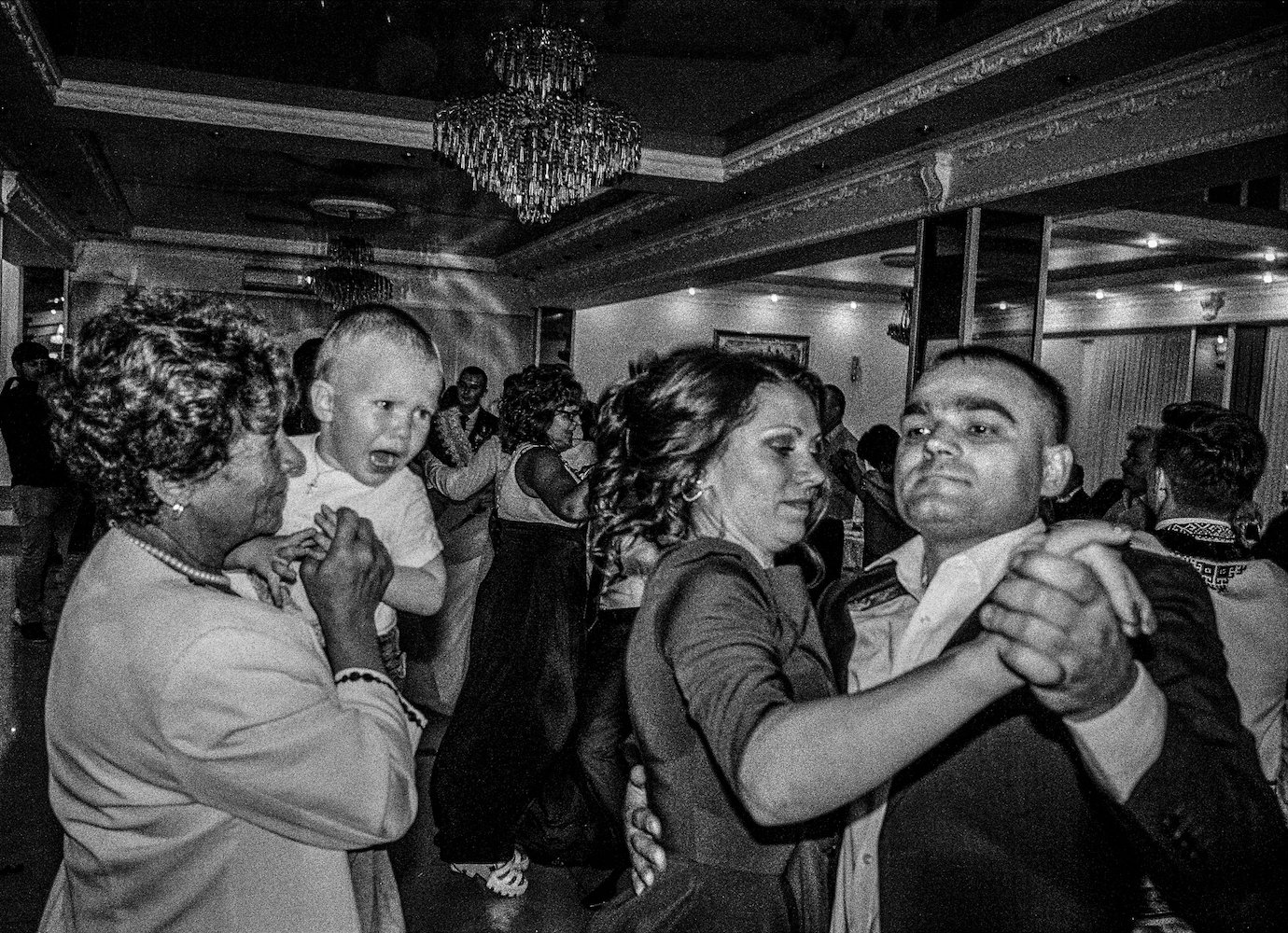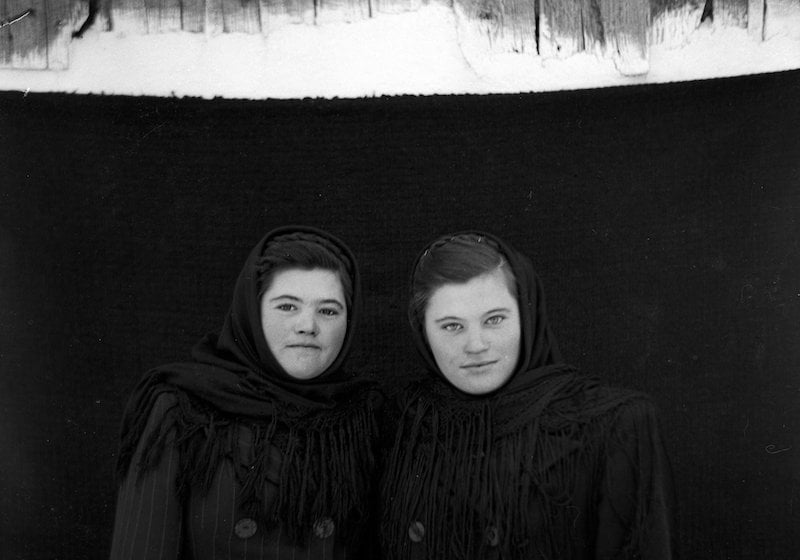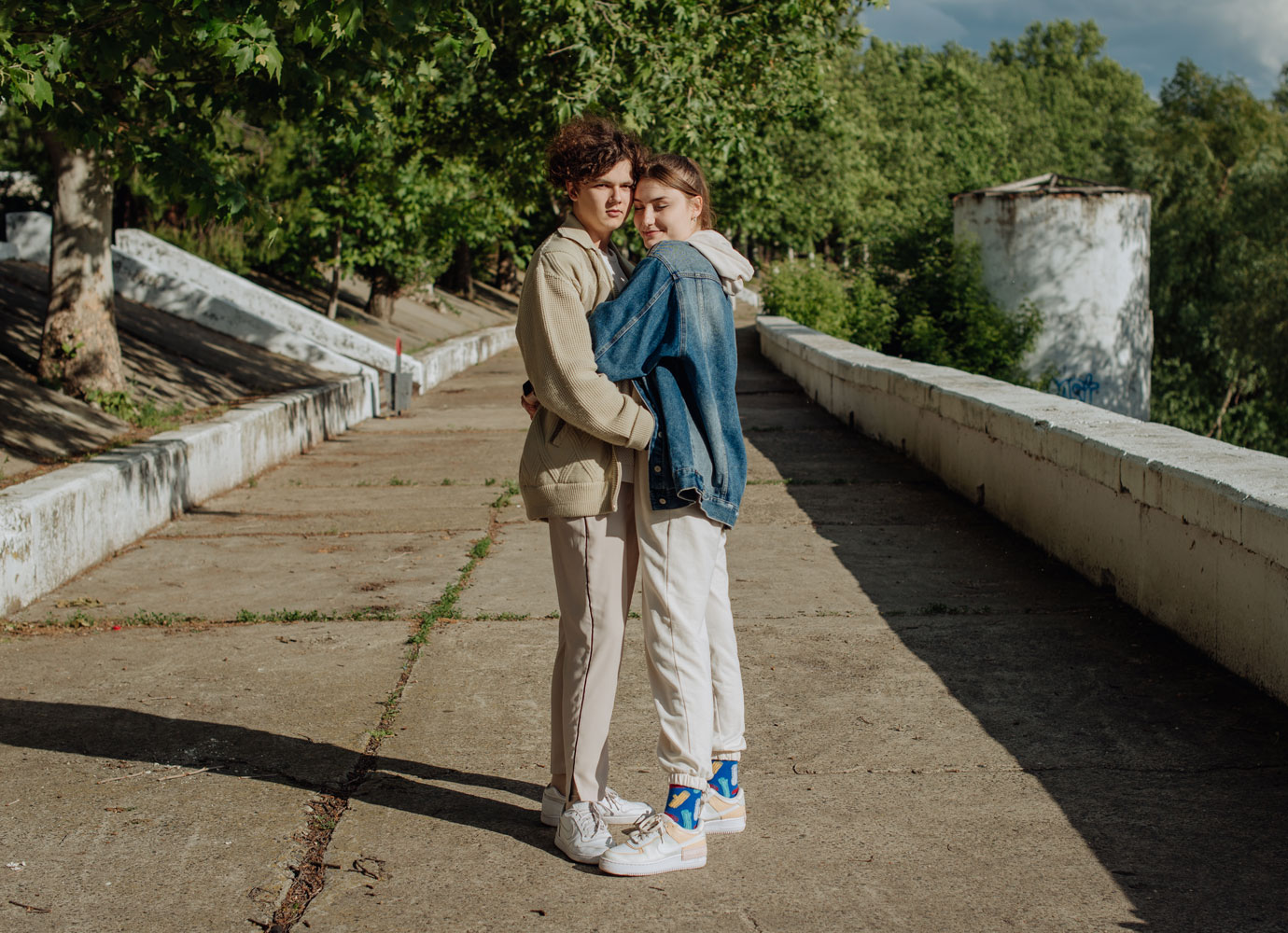Inside the lives of Gagauz Yeri, the Christian Turkic people of Moldova
A new photo book by Italian photographer Alessandro Vincenzi spotlights the little-known autonomous Gagauz Yeri region in southern Moldova.
Intimate, colourful, multi-faceted, and warm, the album Gagauz: Orthodox Turks of the Republic of Moldova (Cartier, 2020) focuses in part on what distinguishes Gagauz Yeri, (or Găgăuzia in Romanian), with its 134,000 inhabitants, from the rest of the country: its traditional cultural heritage. The Gagauz language is part of the Oghuz branch of Turkic languages, alongside Azerbaijani, Turkmen, Crimean Tatar (often considered as Oghuz), and Turkish, and it was established as a written language in the 1950s. Turkish influences are also strongly felt in Gagauz cuisine (think: gözleme), costumes, and music. Yet, unlike other Turkic people, the Gagauz Yeri are Orthodox Christian.
This heritage is rooted in the region’s complicated and disputed history. There are several stories about how Gagauz people came into being: while the prevailing theory is that the Gagauz are descendants of the Bulgars, semi-nomadic Turkic tribes that lived in the Pontic–Caspian steppe, and the Volga region during the 7th century, there are also alternative narratives that trace their origin all the way to the Cumans-Kipchaks, or a clan of Seljuk Turks led by Turkoman dervish Sarı Saltık. Perhaps the most obvious shots that hint at this intricate heritage are the ones of young dancers’ unique traditional dress: their shape is similar to the Moldovan or Bulgarian costume, while its pink and blue colours echoes Turkish regalia.
The region’s modern culture, however, like its politics, is heavily Russian-influenced. Many Gagauz Yeri people, especially among the young, do not speak the Gagauz language, and speak Russian, rather than Romanian, which is Moldova’s official language. While singer Vitalie Manjul, who features in the book, has made a name for himself as a local celebrity for rapping in Gagauz, most of the media and pop culture consumed in the region is Russian.
Russian influence in the region goes back to the Soviet era and its collapse. In 1989, as Moldova declared Romanian its national language, the Gagauz nationalist movement, which gained momentum in the 1980s, held their first congress and declared themselves autonomous within Moldova. A year later, as Moldova was taking further steps to achieve its independence from the USSR, and considering a reunion with Romania, Gagauz Yeri declared their secession from the small republic. It was only in 1994 that Gagauz Yeri was reintegrated in the Republic of Moldova as an autonomous region. To this day, the local government of Gagauz Yeri is as close to Moscow as it is to Chișinău. The album cover shot — a man on top of a crane fixed on a Soviet-era truck in the middle of a field raising the Moldovan flag next to the Gagauz Yeri flag, and the Soviet-era concrete letter road sign announcing the region — gets across some of its complex more recent history.
But Vincenzi, who has been documenting Moldova and Eastern Europe since 2008 and spent time in Gagauz Yeri between 2018 and 2019, believes that Gagauz people “are more attached to old-style than to present-day, true Russia”. He explains this nostalgia in terms of economic stagnation. Vincenzi, who is now based in Barcelona, says that Gagauz Yeri reminded him of the Italian villages in which he grew up. “In countries like Moldova and, in particular, in regions like Găgăuzia, the metabolism is slower, people digest and assimilate more slowly the changes they are going through,” he says. “Many do not accept the necessity of these changes and that is why they are stuck in the nostalgia of the past.”
Gagauz Yeri is indeed one of the poorest regions in Moldova. With some economic investments from Turkey, and a government with an antagonistic, distant relationship to central authorities in Chișinău, perhaps it’s not a surprise that Gagauz people feel alienated by the present and look back to the past.
Still, even so, life goes on, and the value of Vincenzi’s photo album resides in managing to create both an intimate and socio-political portrait of Gagauz Yeri and the lives of those who live there. The photographer stayed with families, and says that his method of initially leaving his camera by his side allowed people to feel comfortable enough to get on with their routines. It’s only when that happened, that he looked for moments of spontaneity to capture on camera.
Get your copy of the book here.


